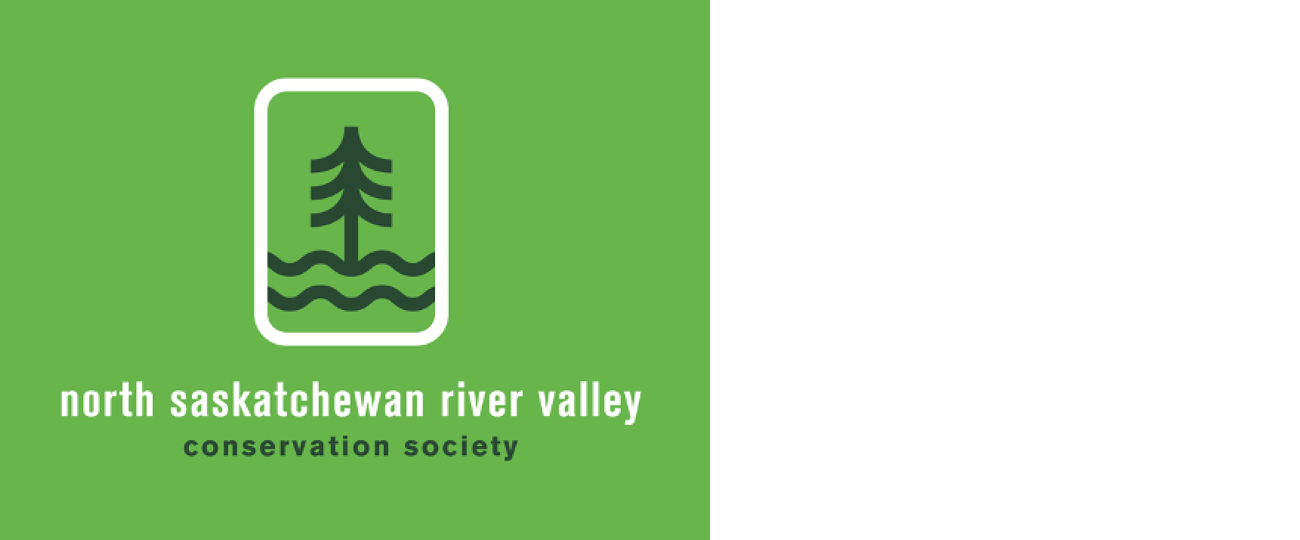Fishing the North Saskatchewan river in Edmonton
Stephen Phinney loves fishing on the North Saskatchewan River and says “There is a wide variety of fish in the river. I’ve caught goldeye, walleye, pike, sauger, suckers and sturgeon.”
His favourite spot in Edmonton is at the boat launch in Dawson Park. “Many other people fish there, too. On summer weekends, it’s sometimes so busy that you can’t find a spot along the river. The park has good washroom facilities and BBQ pits if you want to enjoy a fire after a long day of fishing.”
Phinney’s next favourite fishing spot is Gold Bar Park because he can fish there year round. “In the summer, the park has another advantage, a sandy beach the length of a football field. In winter, the water does not freeze around the shore. There’s clean, oxygenated water running from the treatment plant and the fish like hanging out there. I can prop my fishing pole in the snow and just wait for the fish to bite.”
Stephen’s third fishing spot choice is the stocked pond at Hermitage Park. “Stocked by the Province, one can take fresh fish home for dinner or even better, barbecue it right there at the picnic sites.” https://transforming.edmonton.ca/closer-to-home-fishing-on-the-river/
Stone’s meat market the original business at Kind ice cream location
Before Kind Ice Cream brought fame to this Highlands corner, another business did, Stone’s meat market. The business, run by husband-and-wife duo Lawrence and Alice Stone, dated back to 1919, and built a solid reputation as one of Edmonton’s best butchers. Increased business at their 6403-118 Ave location led the Stones to move to a more central Highlands location in December 1930.
Their new stucco and brick building became one of the most modern meat markets in the city and featured electrical refrigeration. Everything used, from timbre to tile, were made-in-Edmonton products reflecting its owners’ belief in the future of this city. The building also doubled as the Stones’ personal residence; a well-appointed bedroom sat at the rear.
The business prospered until March 13th, 1934, when “a cash box containing $240, mostly in currency, was stolen.” According to the Edmonton Bulletin, “Lawrence… discovered the theft when he returned home after a short absence.” Detectives described it as “a carefully planned affair.”
“Stone was lured away… by a fake telephone call from an unknown man, who stated that two persons had been seriously injured in an accident and that Stone was needed to identify them. He rushed to the Royal Alexandra Hospital only to find that he had been duped.” Regardless, the Stones and their little store persisted until they finally closed in May 1946. https://www.forgottenedmonton.com/blog/stones-meat-market
A helpful guide to snakes in Alberta
Doris May photo
Snakes are essential members of the environment. They contribute to controlling rodents like deer mice, ground squirrels and pocket gophers, as well as insects. Snakes are also important prey for mammals and raptors. The preservation of snakes equals the preservation of a healthy native ecosystem.
Vehicles are the biggest killers of snakes. Another threat is habitat loss due to resource, agricultural, and urban development. Finally, there is intentional killing by people who consider snakes loathsome creatures.
Of the six species of snake to call Alberta home, the red-sided garter snake has the largest range and is the species most likely to be found in the Edmonton region. These harmless snakes usually make a hasty retreat when approached by humans. This snake has a dark body with yellow stripes on the back and sides and may have red marks down the sides.
It can be found in almost any habitat type and is highly cold tolerate. This species ranges to the Northwest Territories border. When harassed it is likely to bite and smear the attacker with a repulsive secretion. Learn more at https://open.alberta.ca/dataset/c01cba73-2e78-4b01-accc-c5b80cd47ab5/resource/eea53c16-12b4-4ca3-8779-e16adefe1ad6/download/sarbrochure-snakesinalberta-mar2016.pdf
Hilwie Hamdon and the Ladies’ Muslim Society
Ramadan is an appropriate time to remember Hilwie Hamdon’s work with the Al Rashid Mosque and the Ladies’ Muslim Society, which was an integral part of Edmonton’s history of community activism and faith-based initiatives from the 1930s through the 1960s.
Hilwie arrived from Lebanon in 1922 and initially settled in Fort Chipewyan with her husband Ali, who was an independent fur-trading merchant. In 1933, she moved to Edmonton for her children to pursue educational opportunities and to connect with Arabs in the city.
Hamdon played a spokesperson role in the 1938 construction of Al Rashid Mosque, the first purpose-built mosque in Canada. The Ladies’ Muslim Society, a group of community minded women organized teas, dinners and bazaars to fundraise for the creation of the mosque. The group also organised initiatives to support a broad range of social and humanitarian efforts.
In recognition of her contributions to the City of Edmonton and to the Arab and Muslim communities, the Edmonton Public School Board named a school after Hilwie Hamdon in 2017. The school, which focuses on kindergarten to Grade 9, is one of four public schools in Canada currently named after a Muslim woman.
There is a river by Hilary Prince, Acrylic on Canvas 1992, Edmonton City Hall
https://www.edmontonarts.ca/public-art/there-is-a-river
Comment or Contributions
Please note articles may not reflect the position of NSRVCS. River Valley News is meant to be a clearinghouse for the variety of opinions and ideas about Edmonton’s River Valley.
Email river valley photos, event information, comments, or questions to nsrivervalley@gmail.com
Know someone who you think would enjoy receiving this free newsletter? They can sign up at https://www.edmontonrivervalley.org/newsletter-signup
















